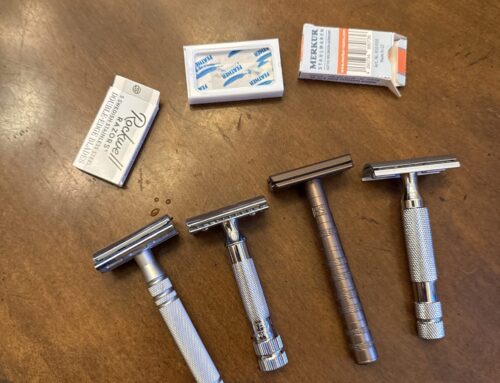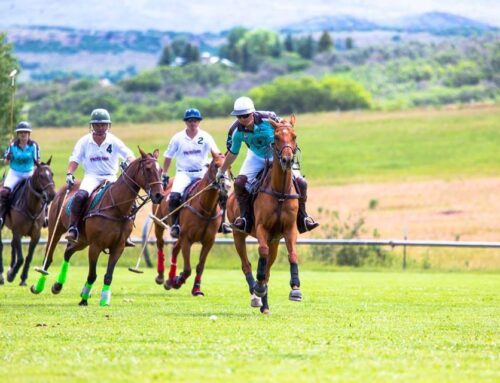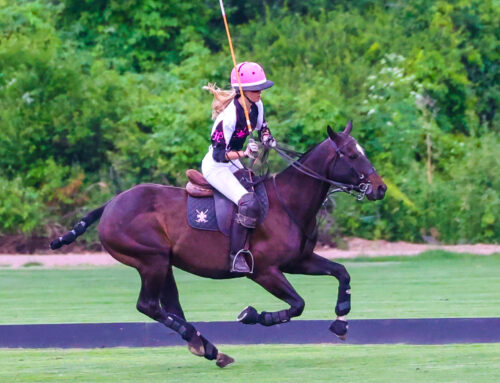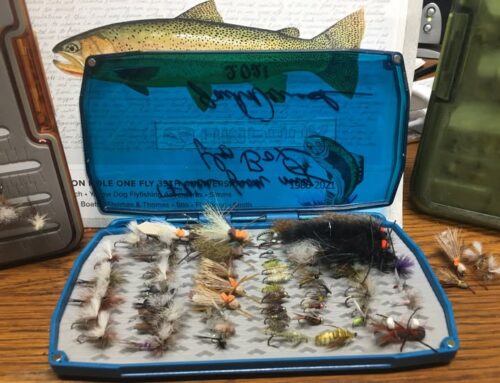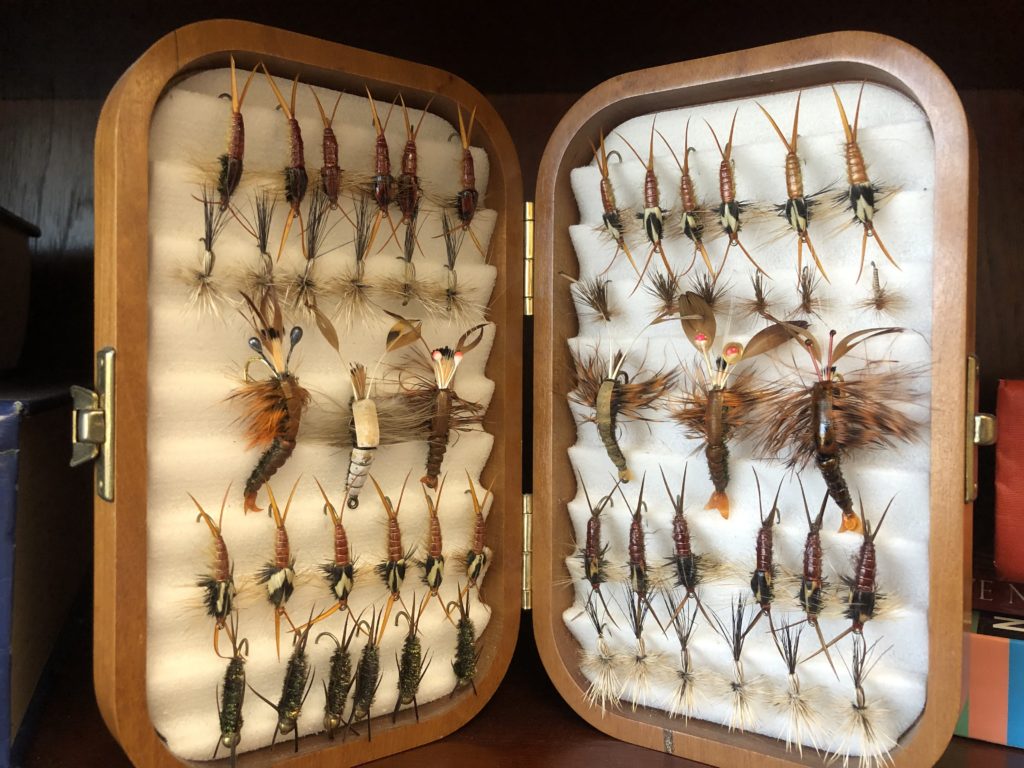
Having mentors is important in life, and especially in fishing. Wonder what ever happened to my old fishing buddy, Gary Dewey? Gary was an iron worker who tied some great flies. He became a fishing friend of mine and tied some memorable flies, which had a George Grant woven fly look to them. He had stoneflies with jungle cock, and DewDads, crawfish patterns, both of which I learned to tie from him, among many other innovative patterns.
George F. Grant began an innovative style of fly tying in the early 1930s, and patented a unique method in 1939 (U.S. Patent No. 2,178.031). Grant’s method for weaving hackles is similar to but distinct from that of Francis Potts. Grant was one of the first anglers to realize that large trout fed primarily beneath the surface on nymphs, and that one needed to imitate and learn to fish this insect-stage if one wanted to consistently catch large trout. Grant’s nymphs imitated primarily large stoneflies such as the giant salmonfly (Pteronarcys californicus), which grows up to two inches in length. In 1973, the Federation of Fly Fishers awarded Grant the Buz Buszek Memorial Award-an award plaque presented annually to that person who has made significant contributions to the arts of fly tying. Grant wrote two books on his style of woven Montana flies, which remain largely obscure.
Grant liked to use jungle cock for the back of the stonefly, which is also what Gary Dewey did on his stoneflies.
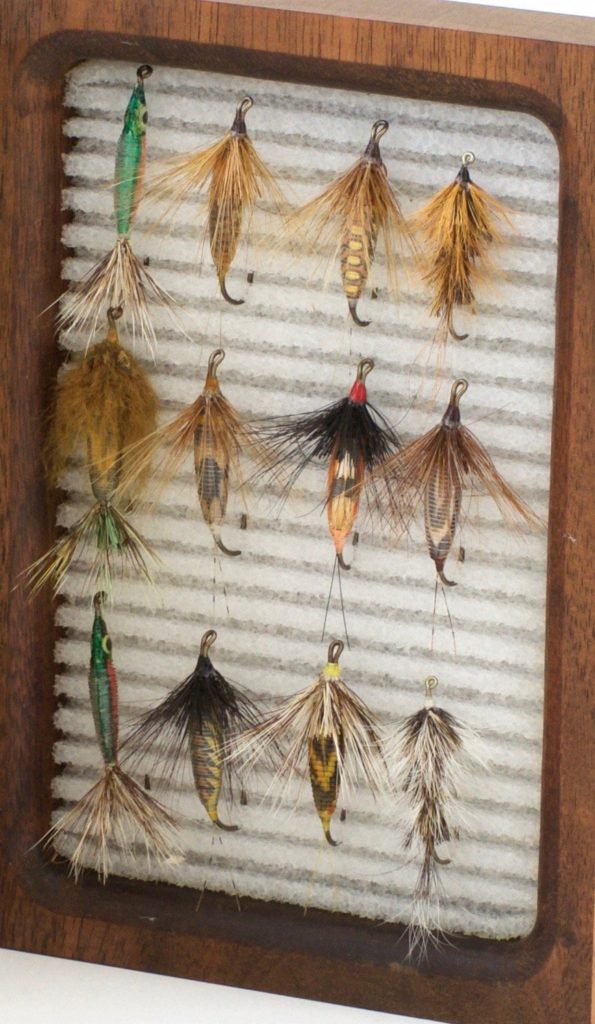
Dewey’s flies are somewhat similar to the woven stoneflies of George Grant



